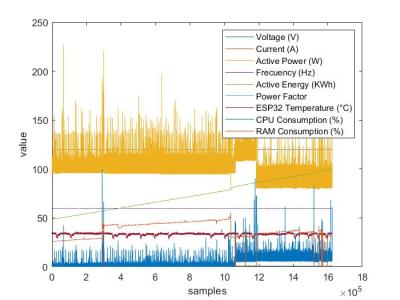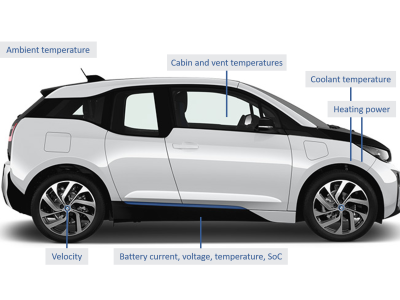Three-Phase P-Q Theory-based dynamic load for real time simulation

- Citation Author(s):
- Submitted by:
- Giovanni De Carne
- Last updated:
- DOI:
- 10.21227/89h4-5z69
- Data Format:
 446 views
446 views
- Categories:
- Keywords:
Abstract
This dataset proposes a new method of modelling dynamic loads based on instantaneous p-q theory, to be employed in large power system networks in a digital real time environment. In order to decrease the computational burden associated to the dynamic load modelling, a p-q- theory-based approach for load modelling is proposed in this dataset. This approach is based on the well-known p-q- instantaneous theory developed for power electronics converters, and it consts only of linear controllers and of a minimal usage of control loops, reducing the required computational power. This improves real-time performance and allows larger scale simulations. The introduced p-q theory-based load model has been tested in this dataset in the following networks:
- Simple feeder, consisting of a voltage source and the p-q theory-based dynamic load. Explanation of the load model has been provided in the Simulink file.
- Modified 118-bus Distribution System (US-based benchmark)
- SimBench Semi-Urban Medium Voltage Network (European-based benchmark)
Instructions:
The models have been implemented in Simulink environment and the initial conditions, as well as the network data, have been integrated in the simulation.
The users need only to run the Simulink file (Version 2021b or later), in order to activate the simulation. The Simulation has been optimized to run in an OPAL-RT digital real time simulator (Version 2022.1 or later).








